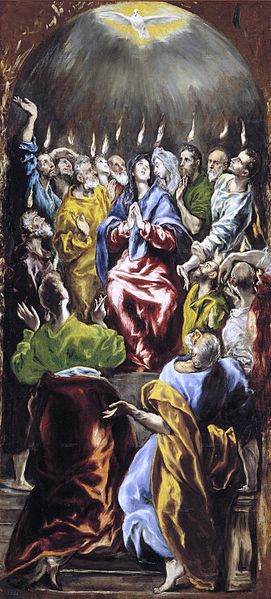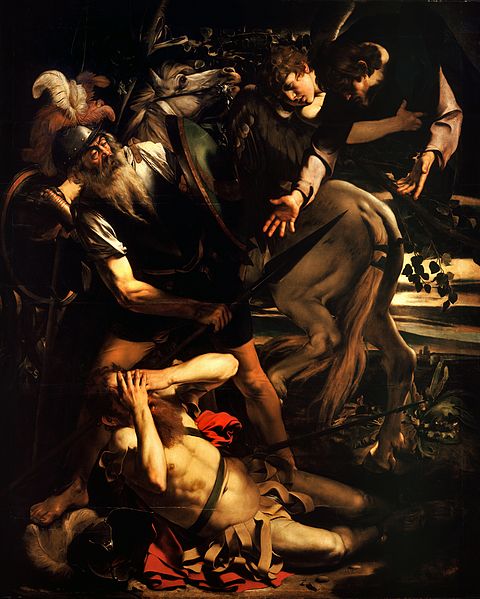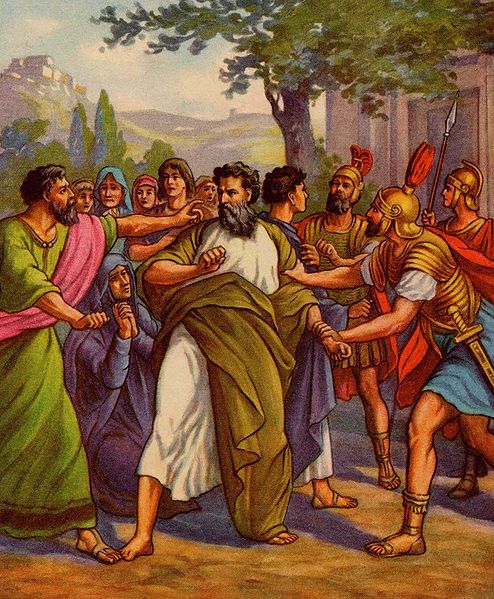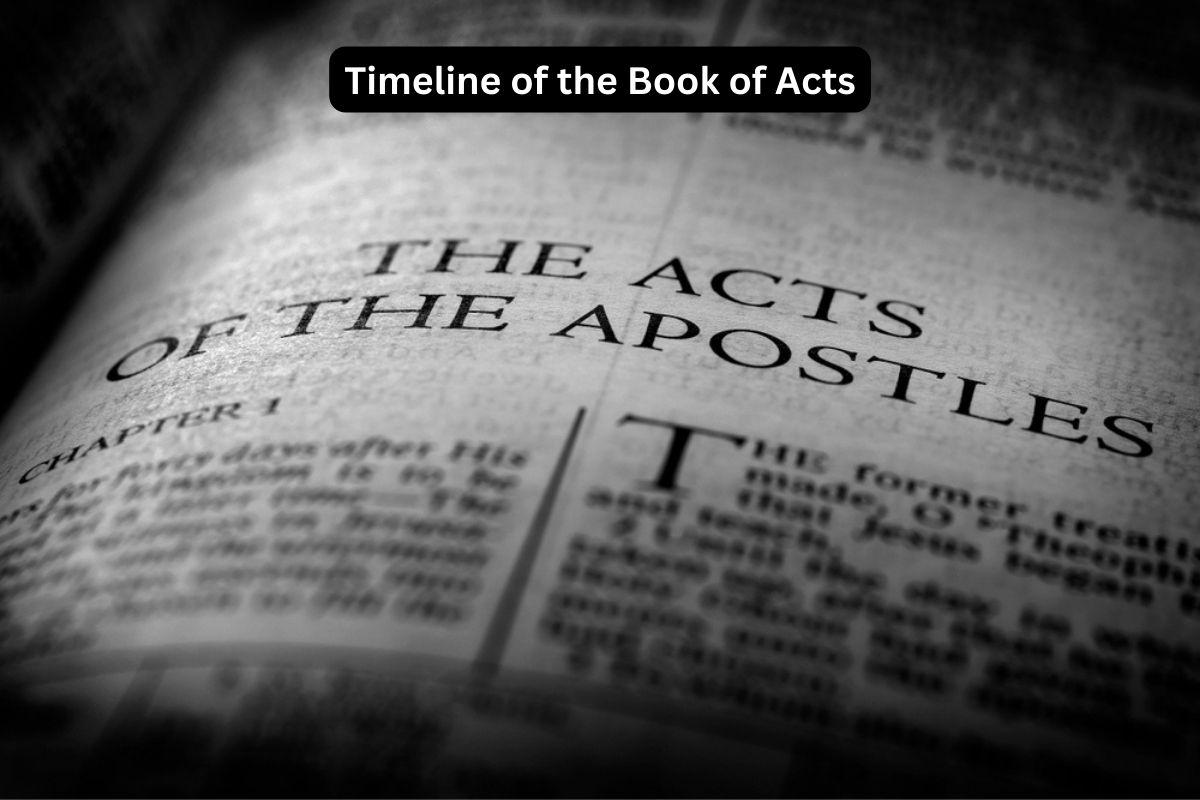he Book of Acts, often referred to as the “Acts of the Apostles,” is a pivotal text within the Christian Bible. This book provides a detailed historical account of the early days of the Christian Church, chronicling its inception, growth, and the spread of the Christian message throughout the Roman Empire.
As an essential part of the New Testament, the Book of Acts serves as a bridge between the Gospels and the Epistles, offering a vivid narrative of the events and individuals who played a central role in shaping the early Christian movement.
The timeline of the Book of Acts offers a chronological framework for understanding these critical moments in the development of the Christian faith.
Spanning several decades, the timeline encompasses key events such as the empowering descent of the Holy Spirit at Pentecost, the expansion of the Church beyond Jerusalem, the influential missionary journeys of the Apostle Paul, and the challenges and trials faced by early Christian leaders.
Through these events, the Book of Acts paints a vivid portrait of the challenges, triumphs, and enduring mission of the early Church.
| Event | Date | Description |
|---|---|---|
| Pentecost | c. 30-33 AD | The Holy Spirit descends, and the Church begins. |
| Ministry in Jerusalem | c. 33-36 AD | Early preaching, miracles, and persecution in Jerusalem. |
| Expansion of the Church | c. 36-44 AD | Philip’s ministry, Saul’s conversion, and Gentile inclusion. |
| Missionary Journeys of Paul | c. 46-58 AD | Paul’s three missionary journeys and church establishments. |
| Paul’s Arrest and Trials | c. 58-63 AD | Arrest, trials, shipwreck, and arrival in Rome. |
| Conclusion | c. 63-64 AD | Paul in Rome, awaiting trial, and the message spread. |
The Book of Acts Timeline
1. Pentecost (c. 30-33 AD):
The significant event of Pentecost occurred approximately between 30 and 33 AD, shortly after the crucifixion and resurrection of Jesus Christ.
On this day, the Holy Spirit descended upon the apostles and other believers who were gathered in Jerusalem. This event marked the birth of the Christian Church.
Also Read: Catholic Church History Timeline
The Holy Spirit empowered the apostles to speak in languages they did not know, allowing them to communicate with a diverse crowd in Jerusalem for the Jewish festival of Pentecost.
Peter, one of the prominent apostles, delivered a powerful sermon, explaining the significance of Jesus’ life, death, and resurrection.
About 3,000 people were moved by Peter’s message and were baptized, becoming the first members of the Christian community. Pentecost is considered the beginning of the Christian Church’s mission to spread the gospel of Jesus Christ to the world.

2. Ministry in Jerusalem (c. 33-36 AD):
Following the momentous events of Pentecost, the early Christians, including the apostles, continued their ministry in Jerusalem. They performed miracles, preached the teachings of Jesus, and gained more followers.
Also Read: Chronological Order of the Miracles of Jesus
However, their bold proclamation of the gospel also drew the attention of religious authorities, leading to persecution against the Christian community.
This period marked a time of both growth and adversity for the early Church, as it faced opposition from religious leaders who were threatened by the message of Jesus.
3. Expansion of the Church (c. 36-44 AD):
As the Christian movement continued to grow, it expanded beyond the confines of Jerusalem. One significant event during this period was the conversion of Saul of Tarsus, who later became known as the Apostle Paul.
Saul, a staunch opponent of Christianity, encountered Jesus on the road to Damascus, resulting in a dramatic transformation. He became a passionate follower of Jesus and played a crucial role in spreading the gospel to the Gentiles (non-Jews).
Additionally, Peter had a vision in which he was instructed to accept Gentiles into the Christian community, breaking down traditional barriers. This marked a pivotal moment in the expansion of the Church, as it began to include people from various cultural backgrounds.
Despite these positive developments, persecution against Christians, including the martyrdom of Stephen, continued to be a challenge during this period.

4. Missionary Journeys of Paul (c. 46-58 AD):
The Missionary Journeys of the Apostle Paul are a central focus in the Book of Acts, covering a period roughly from 46 to 58 AD.
Paul, formerly known as Saul, underwent a remarkable conversion experience on the road to Damascus, where he encountered Jesus Christ and became a zealous follower.
After his conversion, Paul embarked on three significant missionary journeys throughout the Roman Empire.
- During these journeys, Paul established Christian communities in various cities, including Antioch, Ephesus, Corinth, Thessalonica, and others. He preached the message of Jesus Christ, performed miracles, and wrote several influential letters (Epistles) that later became part of the New Testament.
- The first journey began around 46 AD, taking him through modern-day Turkey and Greece. He encountered both success and opposition, but it marked the beginning of his missionary work.
- The second journey, starting around 49 AD, revisited some of the cities from his first journey and extended into Europe. He spent significant time in Corinth and Ephesus during this period.
- The third journey, beginning around 53 AD, saw Paul returning to many of the same cities to strengthen the Christian communities he had established. It was during this time that he wrote several of his Epistles.
- Paul’s missionary efforts were marked by challenges, including opposition from Jewish leaders and resistance from local authorities. Nevertheless, his dedication to spreading the Christian message contributed significantly to the growth of the early Church.
5. Paul’s Arrest and Trials (c. 58-63 AD):
As Paul continued his missionary journeys and returned to Jerusalem, tensions grew within the Jewish community.
Accusations of blasphemy and stirring up trouble led to his arrest in Jerusalem around 58 AD. This arrest marked the beginning of a series of trials and legal proceedings.
Paul’s Roman citizenship granted him certain rights, including the ability to appeal to Caesar, which he did during his trial in Jerusalem. This decision set in motion a journey to Rome to stand trial before the Roman emperor.
While en route to Rome, the ship Paul was on encountered a severe storm, resulting in a shipwreck on the island of Malta. Despite these challenges, Paul and his companions survived, and he continued his journey to Rome.
In Rome, Paul remained under house arrest but was allowed to receive visitors and continue his ministry. He met with Jewish leaders and continued to preach the gospel.

6. Conclusion (c. 63-64 AD):
The Book of Acts concludes with Paul still in Rome, awaiting trial before the Roman authorities. While under house arrest, he continued to share the message of Jesus Christ with those who visited him.
The gospel had reached the heart of the Roman Empire, and Paul’s unwavering commitment to spreading Christianity played a significant role in this expansion.
It’s important to note that the Book of Acts does not provide details about the outcome of Paul’s trial or his ultimate fate. Church tradition suggests that he was eventually martyred in Rome, but the Book of Acts leaves this part of his story open-ended.
The conclusion of Acts emphasizes the ongoing mission of the Church and the impact of early Christian leaders in bringing the message of Jesus to the world, even in the face of adversity and uncertainty.
